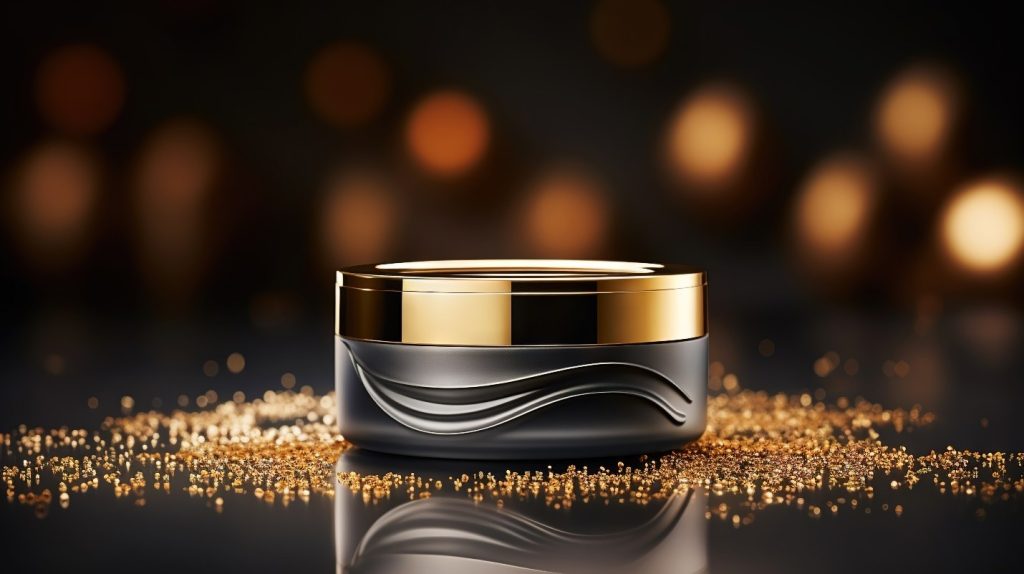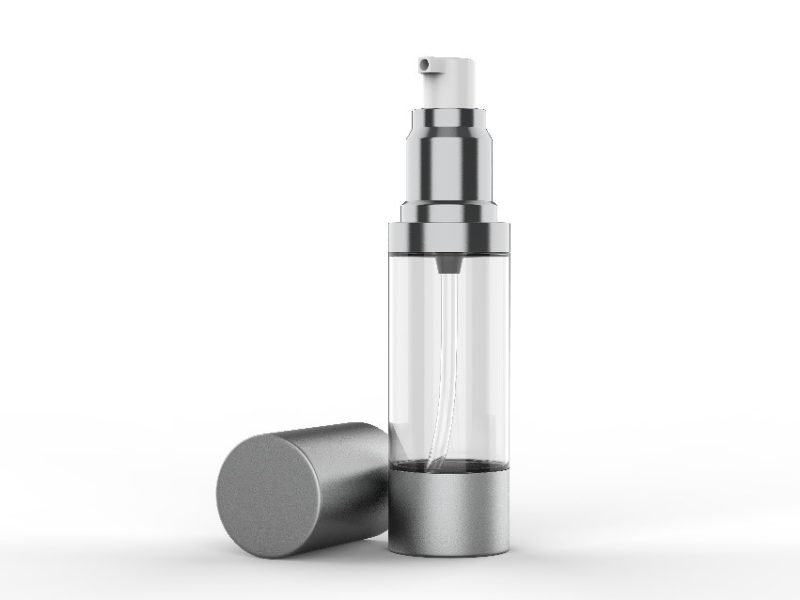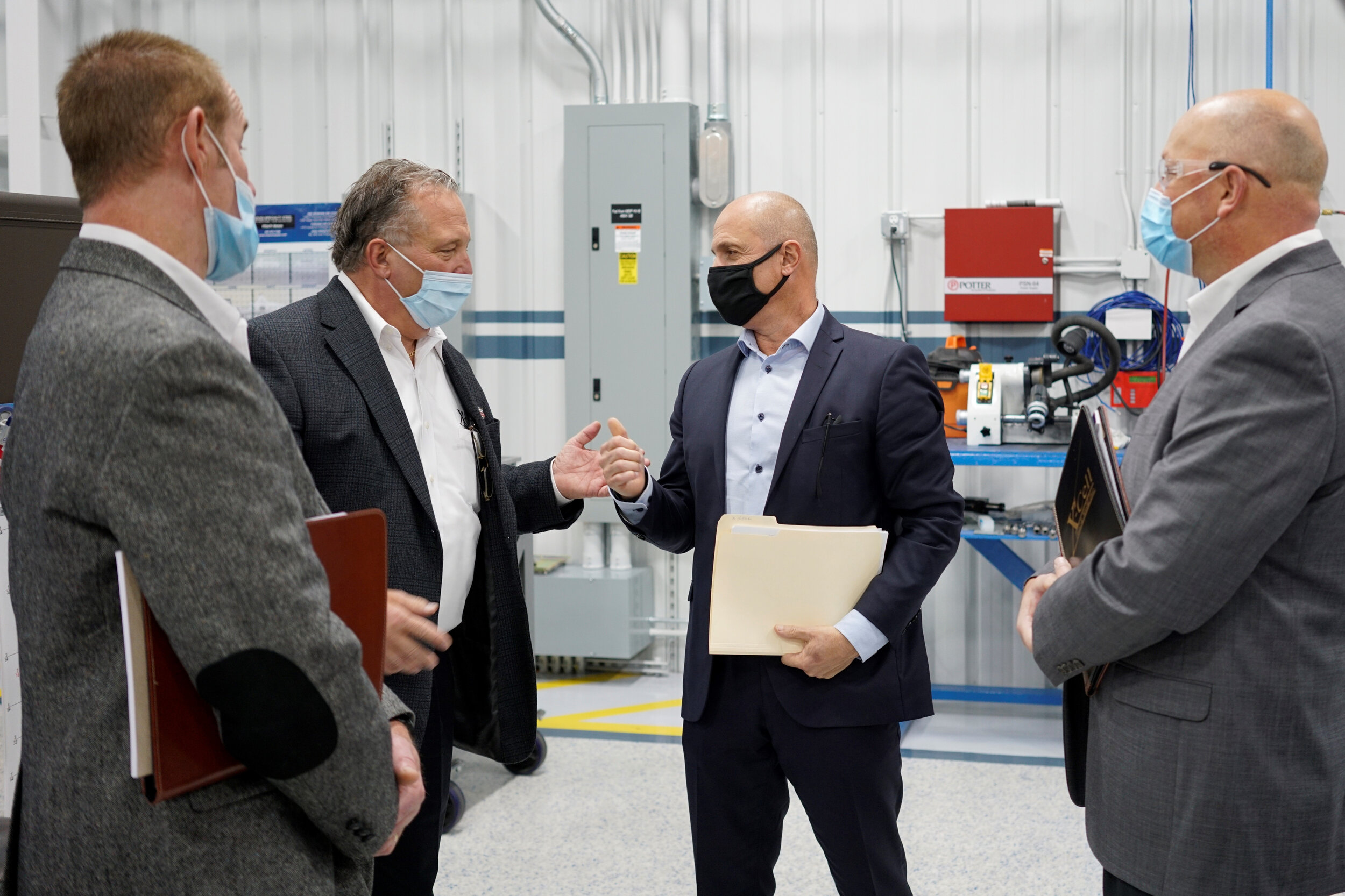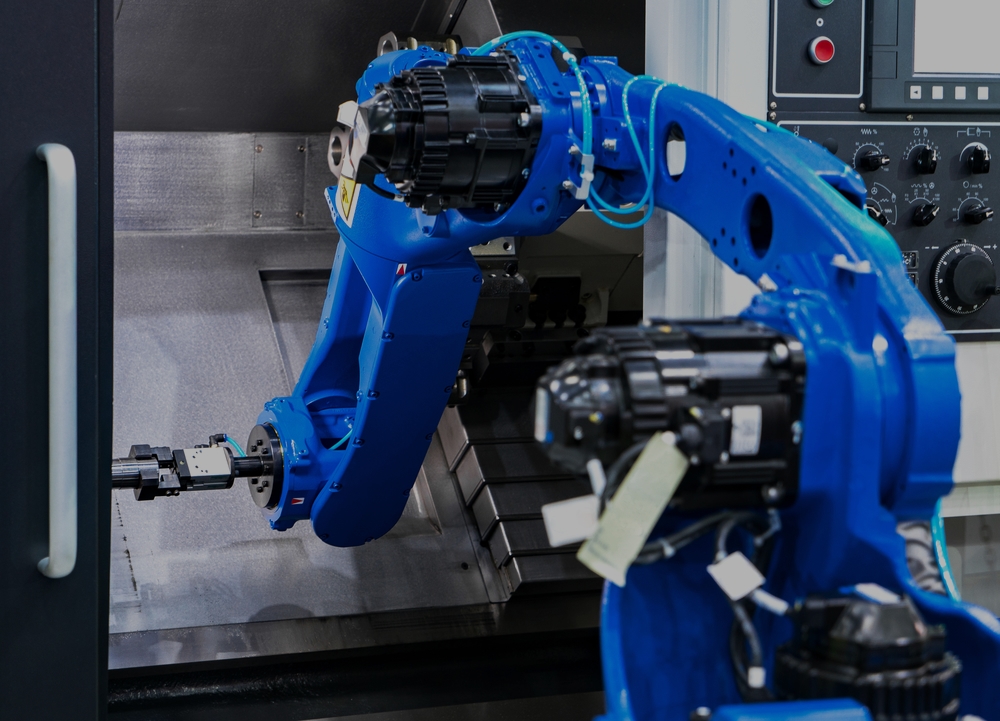2024 Trends in Cosmetic Packaging
Published on March 12, 2024

Imagine a world where your product stands out on crowded shelves, not just visually, but in overall user experience. This is the reality for brands embracing the cutting-edge trends shaping the 2024 cosmetic packaging landscape. The cosmetics industry is booming, projected to reach $129 billion by 2028; it is also expected that the industry will become increasingly competitive as independent brands emerge and incumbents struggle to remain relevant in the larger, trend-driven beauty industry.
In this fast-paced market, where consumers crave both luxury and sustainability, staying ahead of the curve is crucial. This article delves into the key trends transforming the industry, from captivating design elements to eco-conscious solutions, empowering you to create packaging that not only looks good but resonates with today’s savvy consumers.
Product differentiation drives sales
In an increasingly crowded marketplace, creating a unique style for cosmetic packaging is key to catching the eye of consumers and building brand loyalty. Consumers look for details in the design, such as embossed logos on caps, custom colors, unique materials like copper and aluminum, and exclusive shapes (Figure 1).

Figure 1. Distinctive shapes and mixed materials help products stand out in the beauty market.
Consumers also expect a luxe feel when purchasing a beauty product with a high price point. Using substantial materials in packaging gives even miniature products a high-end feel.
Additive manufacturing supports new product development
Developing products with novel designs requires expertise and options for scaling if products become popular. Since the cosmetics industry moves quickly, bringing a new product from conception to design to reveal is essential for its relevance. And because customer preferences can pivot rapidly, manufacturing a limited number of new products using cost-effective techniques to test the market is also important.
Additive manufacturing processes like 3D printing meet both requirements—they can produce parts quickly and don’t require huge upfront costs (Figure 2).

Figure 2. Carbon® Digital Light Synthesis™ is one of SyBridge’s many 3D printing techniques
“SyBridge is unique because we can jump right into product design, support and validation through our 3D printing and additive manufacturing capabilities. Not all companies that provide manufacturing support also provide design services. Having this range of capabilities puts us in the position of helping companies in both the conception and production stages of manufacturing.” – Ramsey Haylett, Life Sciences and Consumer Business Development Manager, SyBridge Technologies
Companies can scale production with high cavitation injection molds or other production techniques if the product is commercially viable. Although specialty tooling capabilities may have a higher upfront cost, their ability to support higher production runs and longer lifetime cycles ensures they remain cost-effective. The ability to start small and scale ultimately results in the lowest overall cost of ownership for brand owners.
Using sustainable materials and designs to appeal to consumers
Sustainability continues to be a trend for consumer products in 2024, including cosmetic packaging. However, most consumers are unwilling to compromise on increased prices for more sustainable products. Manufacturers must find a way to produce sustainable packaging that is also cost-effective.
Toward more sustainable cosmetic packaging
Refillable and reusable packaging is emerging as a more environmentally friendly alternative to single-use packaging. Other sustainability trends include using either post-consumer recycled (PCR) plastic or aluminum for manufacturing or creating products made of single, recyclable plastics (mono-material) instead of a mixture of plastic and metal (Figure 3).

Figure 3. Material selection simplifies sustainability for consumers
Mono-material packaging simplifies recycling but does come with challenges, such as finding plastic alternatives to metal springs and other traditional metal components. Manufacturers are also limited in design by choosing mono-material packaging because they can’t use decorative metal coatings.
A simple way to meet the demand for sustainable packaging without making consumers pay more for beauty products is by choosing a minimalist design (Figure 4). Sleek designs without added decorative features can reduce production complexity and material usage. The challenge to choosing minimalist designs is standing out in a market that relies so much on eye-catching products.

Figure 4. Minimalist designs can reduce material usage and simplify production
Design services help meet manufacturing challenges
Producing flawless cosmetic packaging with the luxe feel consumers expect using sustainable materials is a serious challenge. That’s where working with companies with design services and a range of manufacturing capabilities becomes essential. SyBridge experts can complete design for manufacturability (DFM) checks and simulation analysis to identify production issues before production begins, reducing design iterations and saving on production costs (Figure 4).

Figure 5. DFM checks help determine how to manufacture the highest-quality part at the lowest possible cost per unit.
Design services are essential not only for testing novel ideas but also for optimizing current production. SyBridge experts can use product data and analytic tools to create a digital thread — a centralized source of truth for the part. We use the digital thread to gain insights about a part’s lifecycle (design to final production) and see opportunities for increased efficiency and improved quality (Figure 5).
Novel dispensing methods make for more hygienic products
A carryover from the COVID-19 pandemic continuing to influence health and beauty products is an emphasis on hygiene. Where many skincare and makeup products require brushes or even a fingertip for application, consumers are now choosing contactless options like droppers, misters, products with internal applicators, and airless pumps.
Airless pumps reduce the chance of harmful bacteria getting into beauty products during use or illnesses spreading between people sharing the product (Figure 6). Pump dispensers also give customers precise control over how much product they use because each pump produces an exact volume. Companies can use pumps as an opportunity to provide instant brand recognition through contoured pump heads and other unique details.

Figure 6. Airless pumps help reduce the spread of microbes and regulate dosing.
In addition to enhanced hygiene and dosing control, the airless packaging used in pumps and sprays can preserve the chemical composition of the formula by not introducing oxygen during use. This extends the product’s shelf life. Airless packaging can help reduce waste, and it is often made from mono-material, making it 100% recyclable.
Manufacturing for optimal user experience and safe shipping
A challenge for manufacturing novel dispensing methods is ensuring function. Consumers can easily become frustrated and dissatisfied when features such as pumps malfunction, ultimately costing brands the loyalty they have worked hard to gain. Precise manufacturing is essential to avoid warpages, stress cracks, and other flaws that can cause packaging to malfunction.
E-commerce companies selling cosmetics also need packaging that meets shipping standards. Products must have the strength to withstand rough handling during transportation, sortation, and distribution.
SyBridge helps companies manufacture uniform, strong products by incorporating quality inspection services and advanced designs, such as conformal cooling, in our manufacturing technology. Our precision manufacturing can help companies achieve high-feature, aesthetic parts that are also functional.
Partnering with SyBridge
Manufacturing partnerships help cosmetics companies maintain a competitive edge in the fast-paced industry. Since needs vary by product, partners with multiple capabilities are especially valuable and critical to support reduced overall tooling costs. SyBridge experts can help cosmetics packaging manufacturers wherever they are—whether seeing if a novel design is achievable or choosing the best manufacturing technology for a proven product.
Staying ahead of 2024 beauty trends is possible with the right partners. Connect with a SyBridge expert today to learn how our comprehensive services can help you meet your goals this year.



